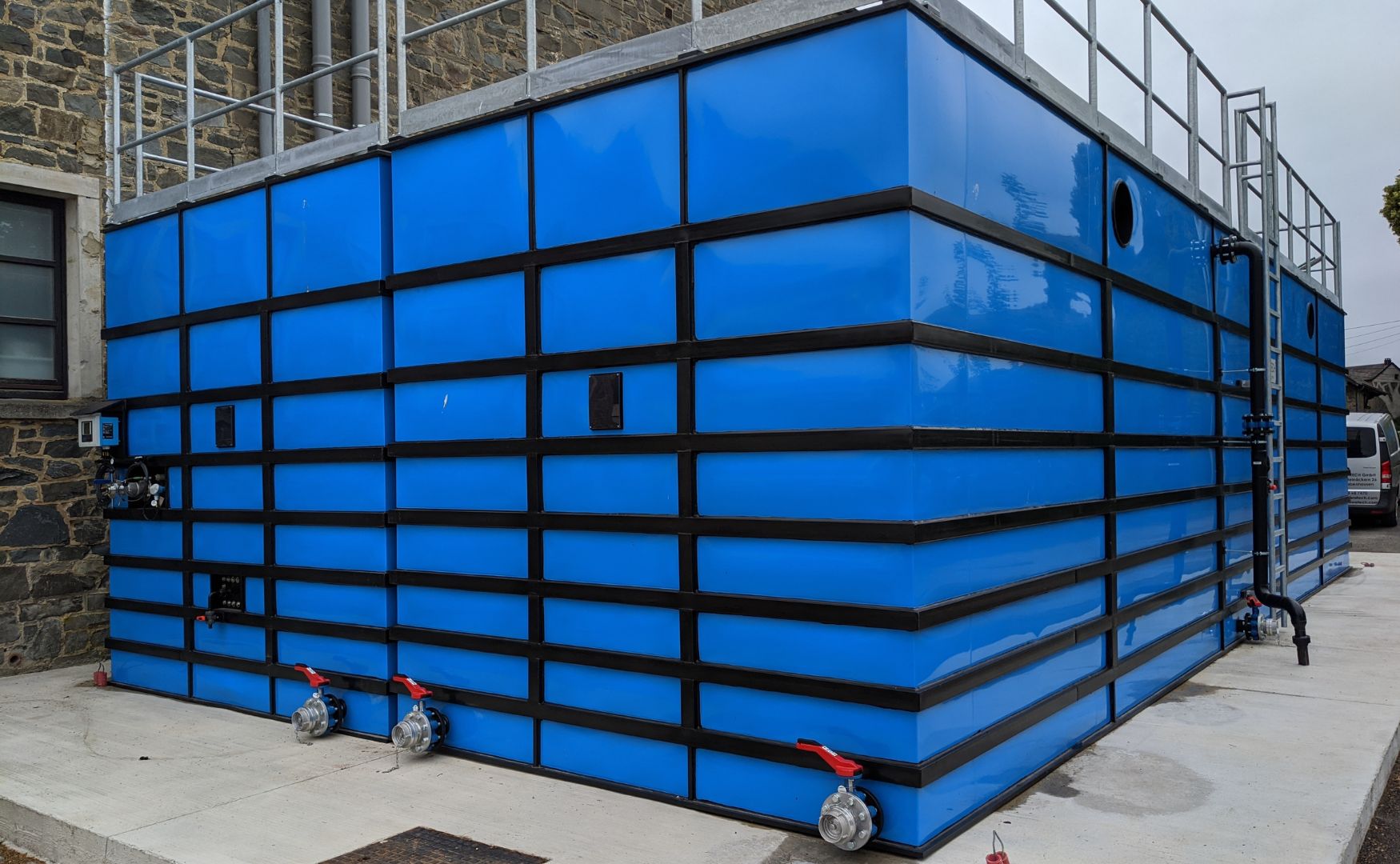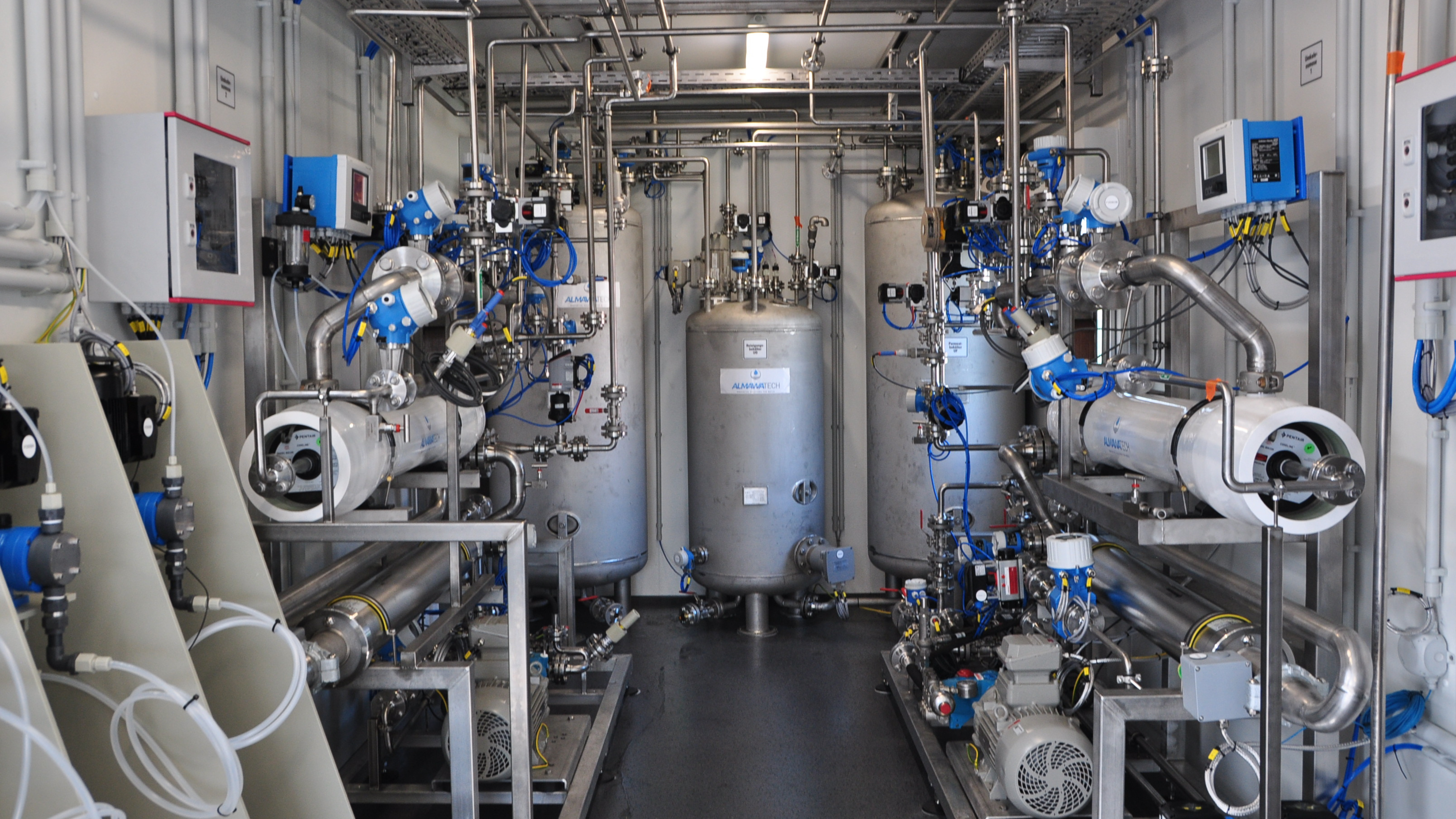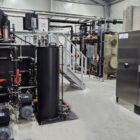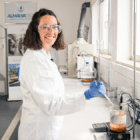Surface-active substances, also known as surfactants, are molecules that have both hydrophilic (water-attracting) and hydrophobic (water-repellent) properties. This dual structure enables them to reduce the interfacial tension between two phases, such as water and oil. They can be found in a variety of industrial processes and products, including detergents, emulsifiers, dispersants and foaming agents.
Technical background
Structure
Surface-active substances consist of:- Hydrophilic head group: This can be ionic, non-ionic or amphoteric and ensures solubility in water.
- Hydrophobic tail group: Usually a hydrocarbon or silicone residue that enables interaction with non-polar substances.
Classification
- Anionic surfactants: Negatively charged head group, e.g. sodium dodecyl sulphate.
- Cationic surfactants: Positively charged head group, e.g. quaternary ammonium compounds.
- Non-ionic surfactants: No charge, e.g. polyethylene glycol.
- Amphoteric surfactants: Both positive and negative charges, e.g. betaines.
Applications in water and wastewater treatment
1. grease separator and oil separator
Surface-active substances stabilize emulsions and make the separation of oils and fats more difficult. They are therefore specifically removed to improve the efficiency of grease separators.
2. chemical-physical processes (CP plants)
In precipitation and flocculation processes, surfactants are removed by flocculants or adsorption on activated carbon.

3. foam control
Surfactants often cause undesirable foaming in wastewater treatment plants. The use of defoamers is therefore necessary in many processes.
4. biological degradation processes
Some microorganisms are able to break down surface-active substances. Biological processes such as the activated sludge process and Moving Bed Biofilm Reactor (MBBR) contribute to the reduction of these substances.

Photo: Our MBBR reactor ALMA BIO MBBR
5. membrane process
Surface-active substances can cause fouling in ultrafiltrationand reverse osmosis systems. Thorough pre-treatment, such as the dosing of anti-fouling agents, is therefore essential.

Photo: Our ALMA OSMO Process reverse osmosis system for removing PFAS, installed in the ALMA MODUL technical room container
Environmental influences and legal requirements
Surface-active substances can have toxic effects on aquatic organisms in bodies of water. For this reason, there are strict legal requirements, such as the European Detergents Regulation, which demands minimum degradability. In wastewater technology, the surfactant content is monitored using parameters such as AOX (adsorbable organic halogen compounds).
Conclusion
Surface-active substances play a central role in industrial processes, but pose considerable challenges in wastewater treatment. The targeted selection and combination of treatment processes is crucial to ensure their environmentally sound disposal. ALMAWATECH offers customized solutions, from chemical-physical processes to biodegradation processes, to meet the requirements of industry and protect the environment.
For further information on our products, please feel free to contact us at any time!








